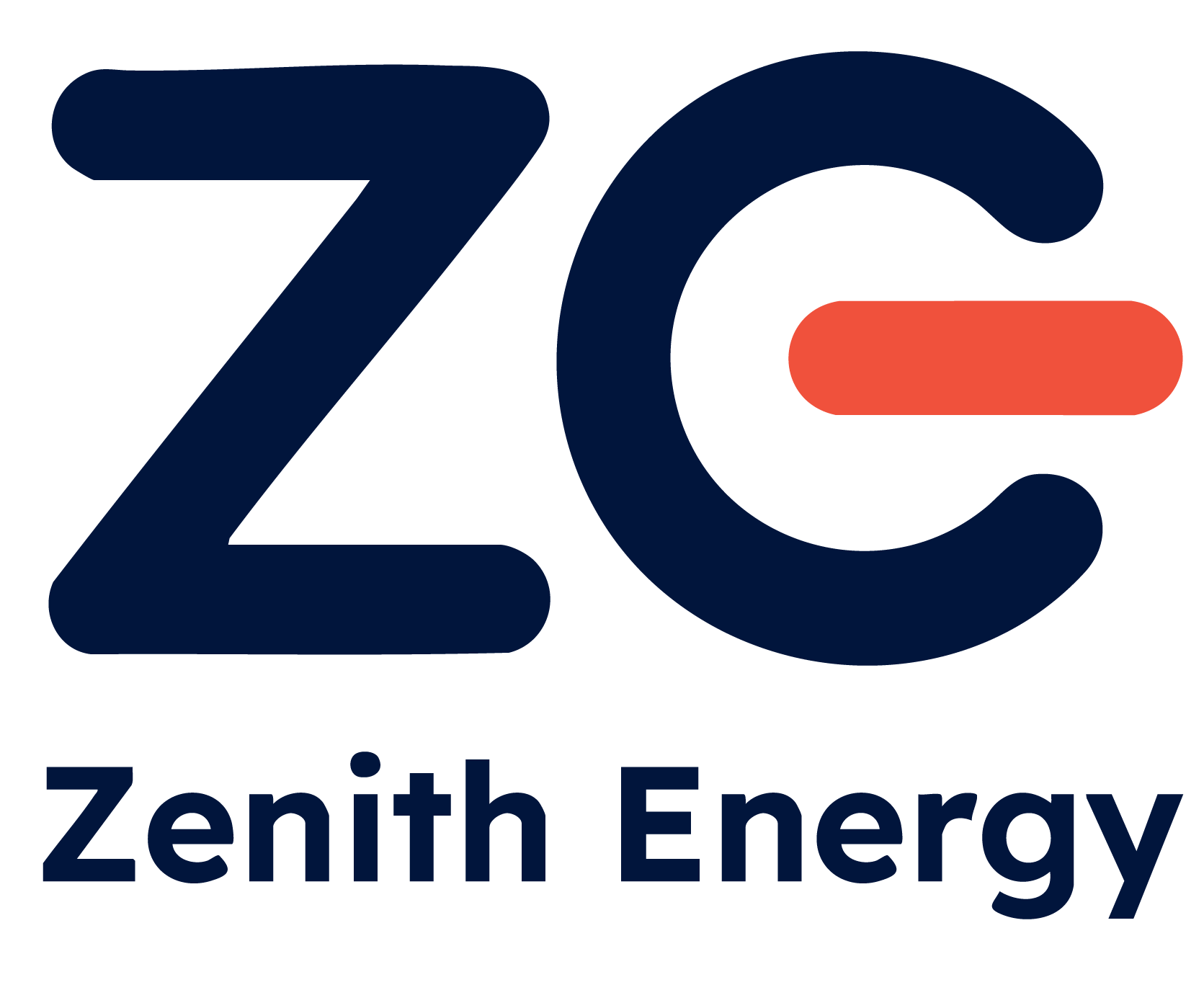Energy efficiency is an essential aspect of sustainable development, particularly for a rapidly developing country like India. Energy efficiency measures can reduce energy consumption, save costs, and help India achieve its climate goals. In this blog post, we will discuss the current status of energy efficiency in India, its potential, and the challenges faced in its implementation.
Current Status of Energy Efficiency in India
India has taken several initiatives to promote energy efficiency in recent years. The government has launched several programs and policies, including the National Mission for Enhanced Energy Efficiency, the Perform,
Achieve and Trade (PAT) scheme, and the Energy Conservation Building Code (ECBC).
The Bureau of Energy Efficiency (BEE) is the nodal agency responsible for promoting energy efficiency in India. The agency has implemented several programs and initiatives to promote energy efficiency in various sectors, including industry, buildings, and appliances. The BEE has also launched the star rating system for appliances, which provides consumers with information on the energy efficiency of appliances.
India has made significant progress in energy efficiency in recent years. According to the International Energy Agency (IEA), India’s energy intensity (energy consumed per unit of GDP) improved by 6.5% in 2020, the largest improvement among all major economies. The country has also achieved significant energy savings through the implementation of energy efficiency measures. For example, the PAT scheme has resulted in energy savings of over 11 million tonnes of oil equivalent (MTOE) in the industrial sector alone.

Potential for Energy Efficiency in India
Despite the progress made, there is still significant potential for energy efficiency in India. The country’s energy intensity is still high compared to other countries, indicating that there is room for improvement. According to the BEE, the potential for energy savings in India is estimated to be around 23% in the industrial sector, 17% in the buildings sector, and 9% in the agriculture sector.
The potential for energy efficiency in India is significant, particularly in the buildings sector. Buildings account for around 30% of India’s electricity consumption, and there is a significant potential for energy savings through the adoption of energy-efficient building designs and technologies. The ECBC, launched by the government in 2007, is aimed at promoting energy efficiency in buildings through the adoption of energy-efficient building designs and technologies.
Challenges Faced in Implementing Energy Efficiency Measures
Despite the potential for energy efficiency in India, there are several challenges in its implementation. One of the significant challenges is the lack of awareness and knowledge about energy efficiency measures among consumers and businesses. Many consumers are not aware of the benefits of energy efficiency, and there is a lack of incentives to adopt energy-efficient measures.
Another challenge is the lack of financing for energy efficiency projects. Energy efficiency measures often require significant upfront investments, and businesses may not have the financial resources to implement them. There is a need for innovative financing mechanisms, such as energy service companies (ESCOs), to promote the adoption of energy-efficient measures.
Finally, there is a lack of enforcement of energy efficiency regulations in India. The ECBC, for example, is not mandatory, and many builders do not comply with its provisions. There is a need for stricter enforcement of energy efficiency regulations to ensure that energy-efficient measures are adopted.
The Way Forward
Despite the challenges, there are several opportunities to promote energy efficiency in India. The government can take several measures to promote energy efficiency, including providing incentives to consumers and businesses to adopt energy-efficient measures, providing financing for energy efficiency projects, and strengthening enforcement of energy efficiency regulations.
Businesses can also play a significant role in promoting energy efficiency. By adopting energy-efficient measures, businesses can reduce their energy consumption and save costs. Businesses can also contribute to India’s sustainable development by reducing their carbon footprint and helping the country achieve its climate goals.
Consumers also have a crucial role to play in promoting energy efficiency. By adopting energy-efficient appliances and building designs, consumers can reduce their energy consumption and save costs. The star rating system for appliances launched by the BEE provides consumers with information on the energy efficiency of appliances, allowing them to make informed choices.
In addition to promoting energy efficiency in existing buildings and appliances, there is a need to focus on energy-efficient designs for new buildings and appliances. The adoption of energy-efficient building designs and technologies can significantly reduce energy consumption in the long run. Similarly, the adoption of energy-efficient technologies in appliances can also result in Green energy and ecology theme design, vector illustration. significant energy savings.

Conclusion
Energy efficiency is an essential aspect of sustainable development, particularly for a rapidly developing country like India. Despite the progress made, there is still significant potential for energy efficiency in India. There are several challenges in the implementation of energy efficiency measures, including a lack of awareness, financing, and enforcement of regulations.
To promote energy efficiency in India, there is a need for a comprehensive approach that involves the government, businesses, and consumers. The government can take several measures to promote energy efficiency, including providing incentives, financing, and enforcing regulations. Businesses and consumers can also play a significant role in promoting energy efficiency by adopting energy-efficient measures and technologies.
Energy efficiency is not just about reducing energy consumption and saving costs; it is also about contributing to India’s sustainable development by reducing carbon emissions and achieving its climate goals. By promoting energy efficiency, India can achieve a sustainable, low-carbon future while ensuring economic growth and development.






